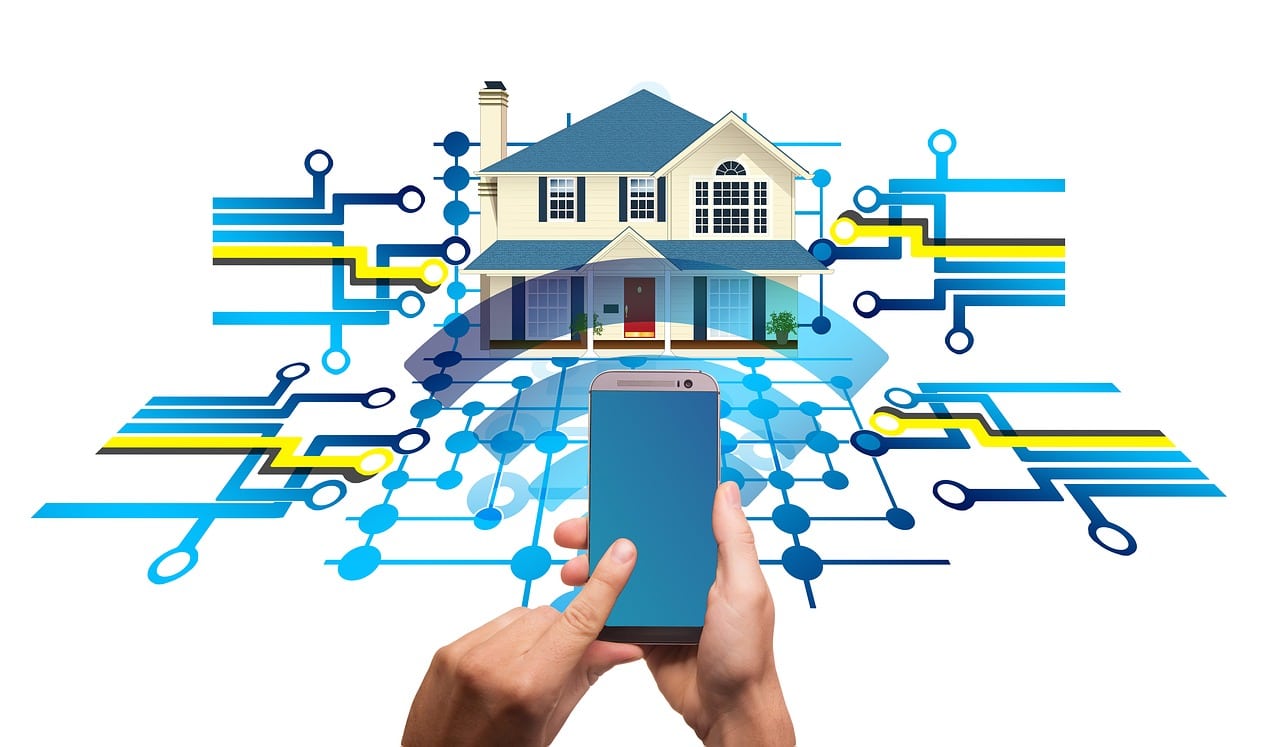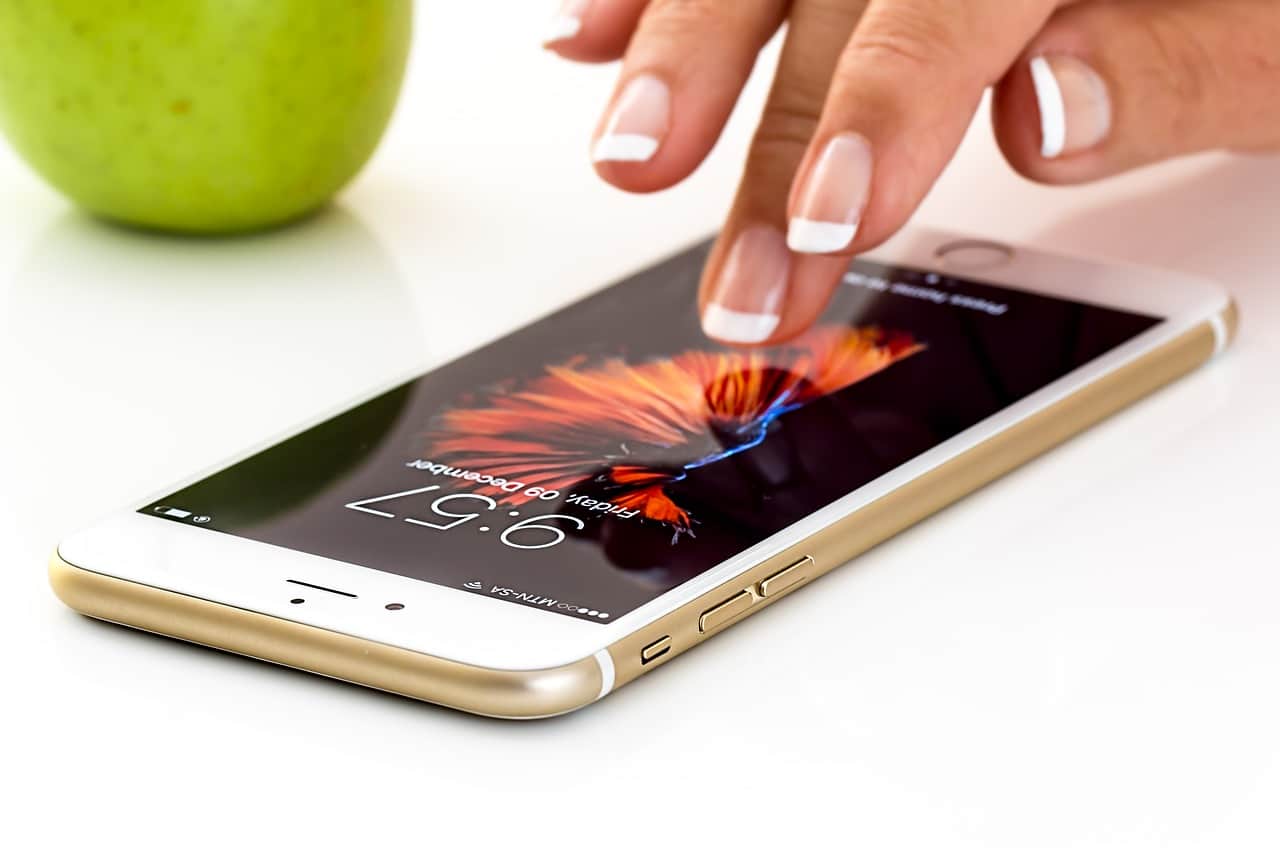We’re living in the Digital Age, and we– at least those of us in the developed world, are more connected than ever before. This is thanks to the internet and the wide network of cell towers and data offerings. And did you know your “smart” phone is not the only “smart” device out there? In fact, it’s far from it. It seems that every possible task or appliance is relying on or capable of smart technology. We know that corporations, businesses, and medical facilities have been implementing high-end technology for a while now, but these technologies are making their way into every aspect of our lives, including our homes and schools.
IMAGE: PIXABAY
Connected In The Home
Probably most homes in America have WiFi or at least some kind of internet connection, and it’s likely–at least in middle-class homes–that most members of the family have a cell phone, if not a smartphone. More advanced homes are beginning to incorporate other “smart” appliances as well. Luxury kitchen designers, for instance, offer a full line of smart ovens, microwaves, dishwashers, and refrigerators.
These appliances connect to your phone, can have timers and purposefully delayed start times, and even monitor for signs of burning. Other smart home appliances include thermostats that you can control from your phone and security systems that will alert you immediately, should an alarm go off. These innovations are helping people spend more time doing what they love, although some do feel like the prevalence of phones and computers is making people disconnect.
Connected In Education
Technology is playing a role in community education. Educational TV programs usually have their own website that includes educational games for kids and adults alike. Museums, zoos, and aquariums are utilizing interactive apps to enhance visitors’ experiences. These apps can help patrons and visitors access maps, extra information about the exhibits, and alert them to special events. Many of museums and other organizations have installed interactive exhibits that utilize touch screens, TVs, and motion sensors. Your local library is likely jumping on the train, too! Many libraries are switching to self-checkout technology. They are also using apps that help you check out books, renew books, and even pay overdue fines!
School kids these days are coming home with laptops that their schools lend them, and many school systems have stopped teaching cursive in favor of typing courses. And technology like SmartBoards is replacing chalkboards and dry-erase boards. Of course, this isn’t without its drawbacks. College professors note that students are losing some of their research skills; they don’t explore beyond what they find in a basic Google search.
And we tend to take for granted that everyone has the same technology–but, although universities rely heavily on email access and internet platforms like Blackboard, not all students can afford their own computers. Campuses have computers for use in their libraries, sure, but so much work is required on a computer that it can get really hard for students. Even so, students are now able to access and process information faster than ever before.
If you are interested in even more technology-related articles and information from us here at Bit Rebels then we have a lot to choose from.


COMMENTS